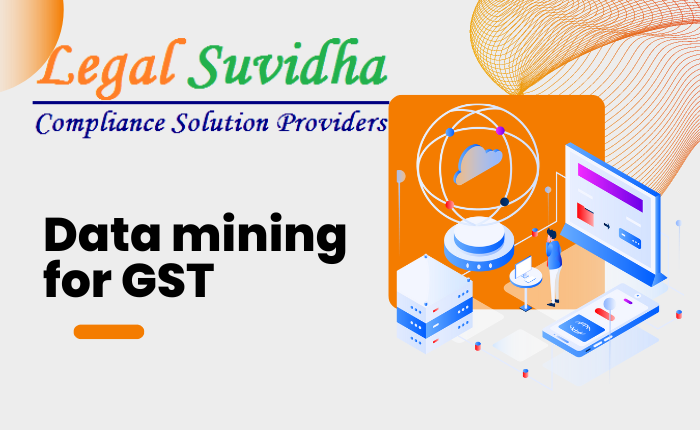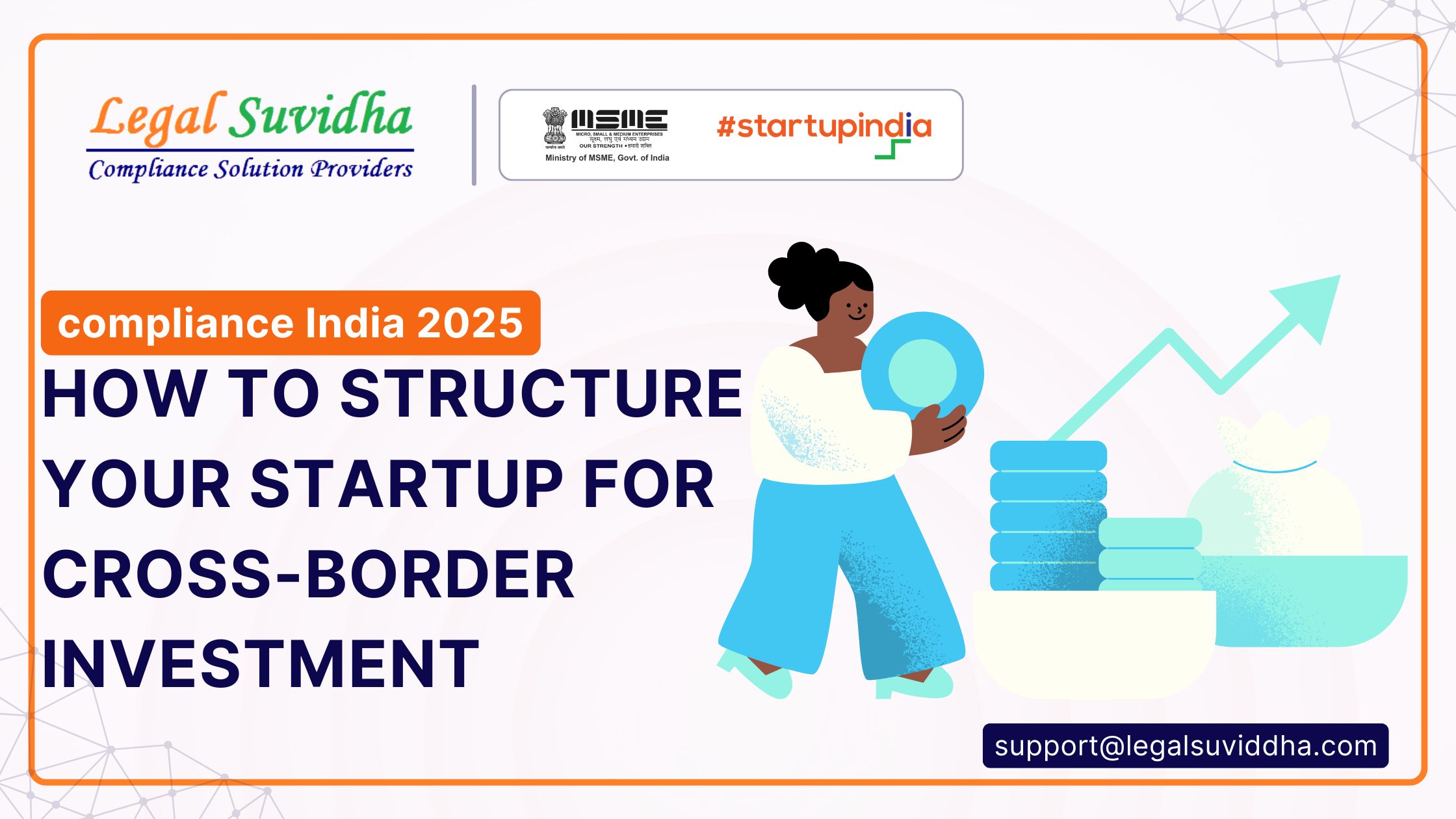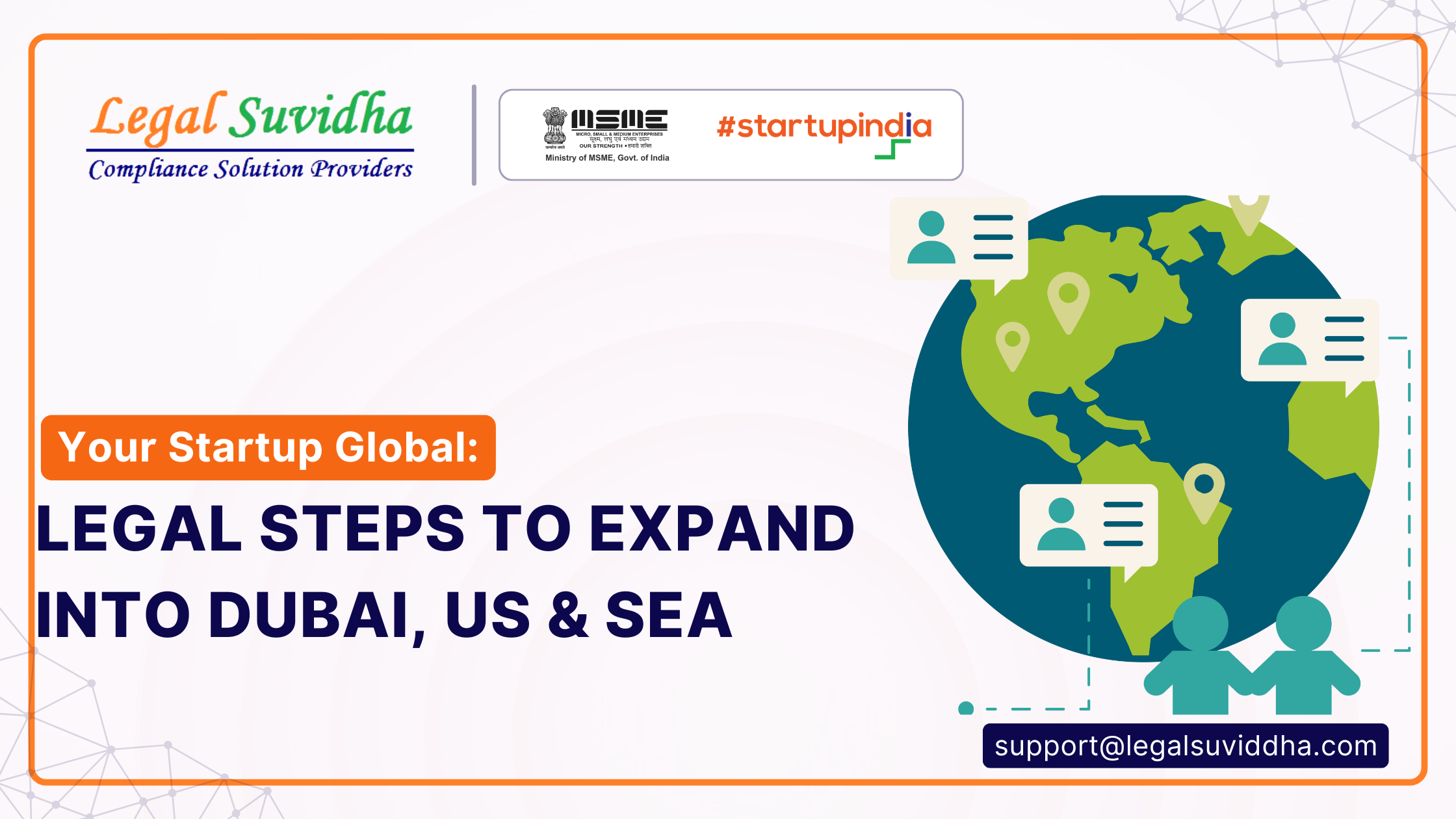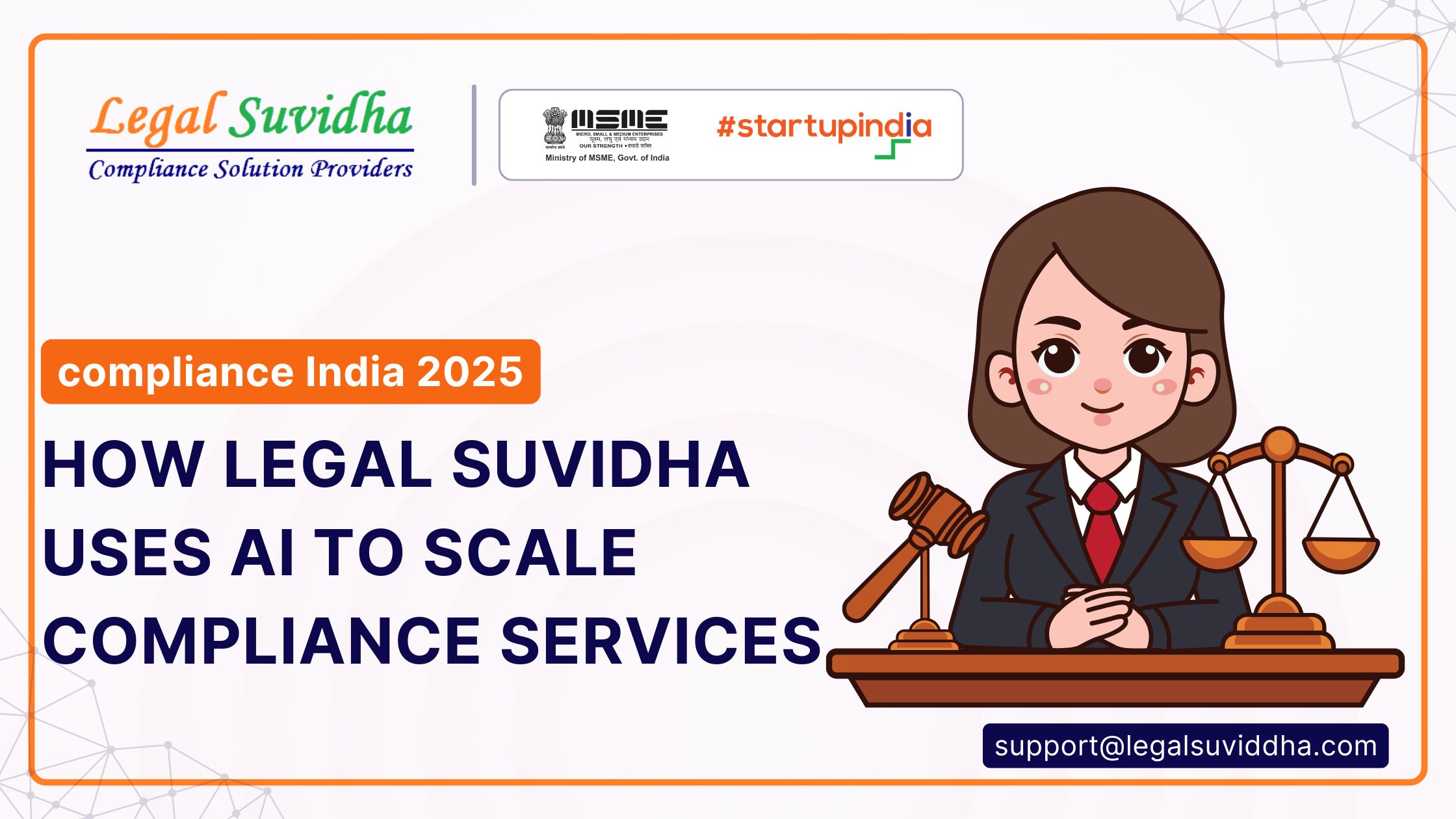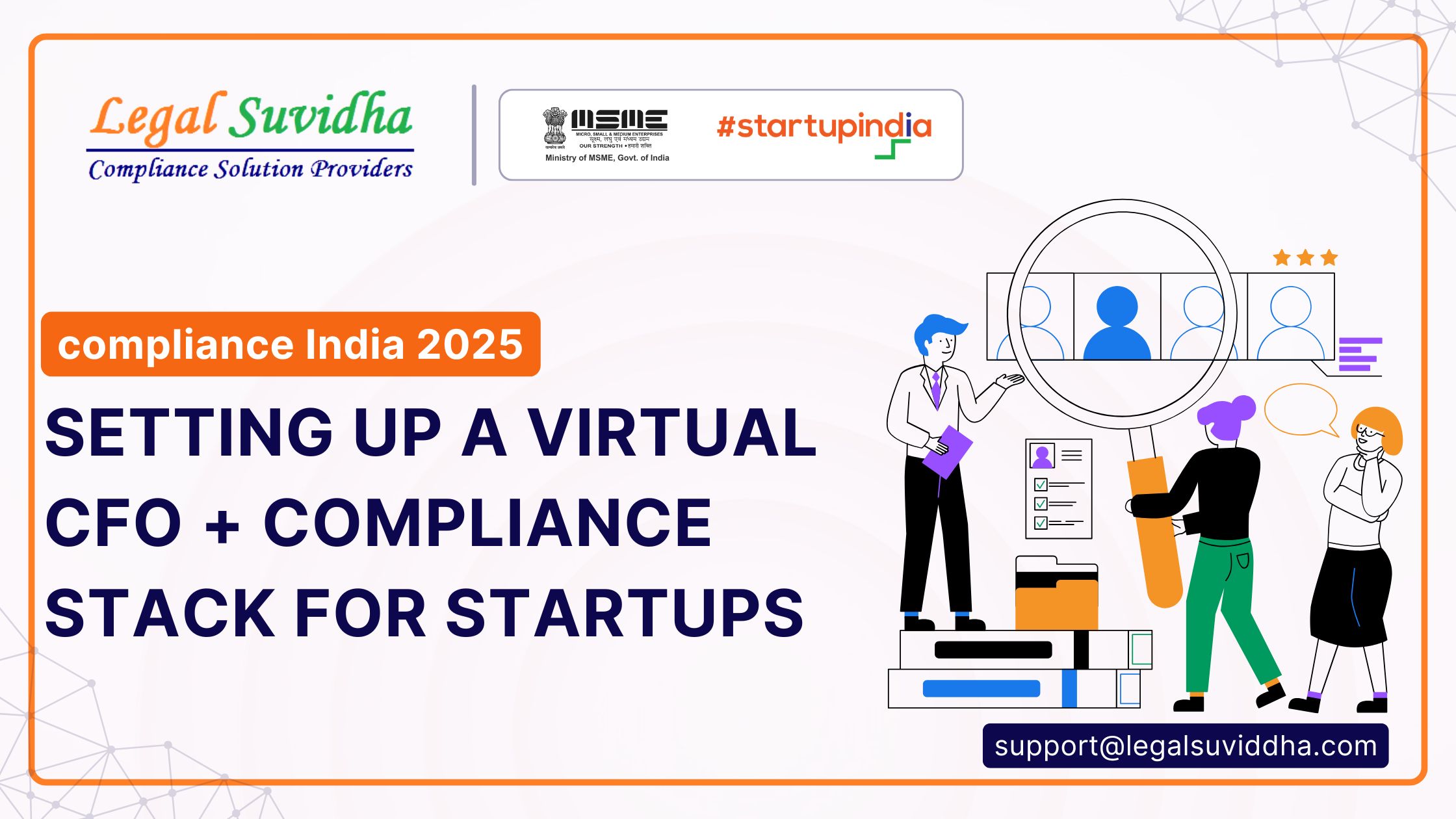Data mining for Goods and Services Tax refers to the process of extracting valuable insights and patterns from the vast amount of data generated through the GST system. GST is a comprehensive indirect tax levied on the supply of goods and services in India.
Data mining techniques are used to analyze the data collected from various GST returns, invoices, and other transactional documents. The objective is to discover hidden patterns, trends, correlations, and anomalies that can provide meaningful information for policy-making, compliance monitoring, fraud detection, and revenue optimization.
By performing data mining on GST data, the government and tax authorities can gain a deeper understanding of taxpayer behavior, identify potential tax evasion or non-compliance, and take appropriate actions to ensure compliance with GST regulations. It also helps in improving tax administration and policy formulation by providing insights into the overall economic activity, sector-wise performance, and tax revenue projections.
Data Mining Techniques for Identifying Patterns and Anomalies in GST Data
Data mining techniques can be employed to identify patterns and anomalies in GST (Goods and Services Tax) data. GST data typically contains a wealth of information about business transactions, such as the type of goods or services sold, the value of transactions, and the parties involved. By analyzing this data using data mining techniques, valuable insights can be gained to improve compliance, detect fraudulent activities, and optimize business processes.
Here are some data mining techniques commonly used for identifying patterns and anomalies in GST data:
1. Association rule mining: This technique helps to discover associations and relationships between different items in GST data. It can identify patterns where certain goods or services are frequently purchased together or reveal cross-selling opportunities.
2. Clustering analysis: Clustering techniques group similar transactions together based on their characteristics, allowing for the identification of different segments or categories within the GST data. Clustering can help in understanding customer behavior, identifying outlier transactions, or detecting potential tax evasion.
3. Outlier detection: Outliers are data points that deviate significantly from the expected patterns. Outlier detection techniques can help identify unusual transactions or behaviors that may indicate fraudulent activities, tax evasion, or errors in reporting.
4. Classification analysis: Classification algorithms can be used to categorize transactions into different predefined classes or labels. This can assist in identifying specific types of transactions that require closer scrutiny or distinguishing between compliant and non-compliant transactions.
5. Time series analysis: GST data often contains temporal information, such as transaction timestamps. Time series analysis techniques can be applied to detect trends, seasonality, or anomalies in the temporal patterns of GST data, enabling better forecasting and identification of irregular activities.
6. Text mining: Text mining techniques can be employed to extract meaningful information from unstructured GST data, such as invoices or customer reviews. It can help uncover hidden patterns or sentiment analysis to understand customer satisfaction levels or potential compliance issues.
7. Visualization techniques: Data visualization plays a crucial role in identifying patterns and anomalies in GST data. Visual representations like charts, graphs, or heatmaps can help highlight trends, outliers, or relationships that might be difficult to identify in raw data.
It’s worth noting that the effectiveness of these techniques relies on the quality and completeness of the GST data. Proper data preprocessing, including data cleaning, normalization, and feature engineering, is essential to ensure accurate and reliable results. Additionally, domain knowledge and expertise in GST regulations and business practices are important to interpret the findings and make informed decisions based on the data mining results.
Stages of the data mining process
The data mining process involves several stages that are crucial for the successful analysis and extraction of valuable insights from large and complex datasets. Each stage plays a significant role in the overall process, and they often interact and influence one another. Let’s delve into a detailed description of each stage:
1. Problem Definition: This initial stage is vital for setting clear objectives and understanding the purpose of the data mining project. It involves collaborating with domain experts, stakeholders, and decision-makers to identify the specific business or research problem that needs to be addressed. The problem statement should be well-defined, measurable, and aligned with the overall goals of the project.
2. Data Collection: Once the problem is defined, the next step is to gather relevant data from various sources. This can include structured data from databases, spreadsheets, or data warehouses, as well as unstructured data from text documents, social media feeds, or multimedia sources. Data collection may involve accessing internal or external repositories, utilizing APIs, or even conducting surveys or experiments to generate new data. The data collected should be representative of the problem domain and suitable for analysis.
3. Data Preparation: Data collected from different sources often require preprocessing and cleaning to ensure its quality and usability. This stage involves handling missing values, removing duplicate or irrelevant data, and resolving inconsistencies or errors. Data transformation techniques, such as normalization or discretization, may be applied to standardize the data. Feature selection or extraction methods might be employed to identify the most relevant attributes that contribute to solving the problem effectively. Data preparation is critical for improving the accuracy and reliability of subsequent analysis steps.
4. Data Exploration: In this stage, exploratory data analysis techniques are applied to gain a deeper understanding of the dataset. Statistical measures, visualizations, and data profiling methods are employed to examine the distribution of variables, identify patterns, detect outliers, and explore relationships between attributes. Data exploration aids in forming hypotheses and insights about the underlying structure of the data, which can guide subsequent modeling and analysis decisions.
5. Model Building: Building models is at the core of the data mining process. This stage involves applying various data mining algorithms and techniques to the preprocessed data. Depending on the nature of the problem, different algorithms such as decision trees, neural networks, support vector machines, or clustering methods may be employed. The model building typically includes dividing the data into training and testing sets, training the models on the training set, and evaluating their performance on the testing set. Iterative experimentation with different algorithms and parameter settings may be necessary to identify the most suitable models.
6. Model Evaluation: Once the models are built, they need to be evaluated to assess their predictive or descriptive capabilities. Evaluation metrics such as accuracy, precision, recall, F1-score, or area under the ROC curve (AUC) are used to measure the performance of the models. Cross-validation or holdout validation techniques are employed to ensure the models’ generalizability and robustness. Model evaluation helps in selecting the best-performing models and understanding their strengths and limitations.
7. Model Deployment: After a thorough evaluation, the selected models are deployed in a production environment where they can be utilized to make predictions or gain insights from new, unseen data. This stage involves integrating the models into existing systems or developing new applications to leverage their capabilities. Model deployment may also include setting up monitoring mechanisms to track the performance of the models over time and ensure they remain effective and up-to-date.
8. Model Interpretation and Evaluation: The insights derived from the deployed models are interpreted and evaluated in the context of the original problem. This involves analyzing the model’s predictions, understanding the key factors contributing to the outcomes, and assessing the overall impact of the data mining process. The interpretation and evaluation stage can provide valuable feedback and guide further iterations or improvements in the models or the entire data mining pipeline.
Throughout the data mining process, it is important to maintain a continuous feedback loop with domain experts and stakeholders, ensuring that the results align with the business goals and meet the desired requirements. Additionally, it is worth noting that the stages mentioned above are not strictly linear but rather iterative, as insights gained in later stages may require revisiting earlier stages for further data exploration, model refinement, or problem redefinition.
By following a systematic approach encompassing these stages, data mining enables organizations to uncover hidden patterns, trends, and relationships within their data, leading to improved decision-making, enhanced business strategies, and valuable insights for research and innovation.
If You have any queries then connect with us at [email protected] or [email protected] & contact us & stay updated with our latest blogs & articles

